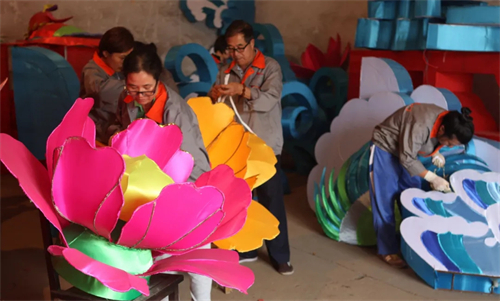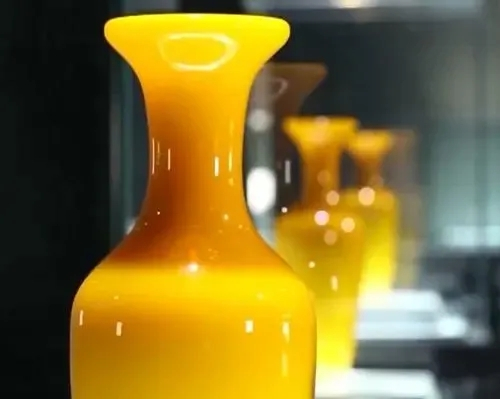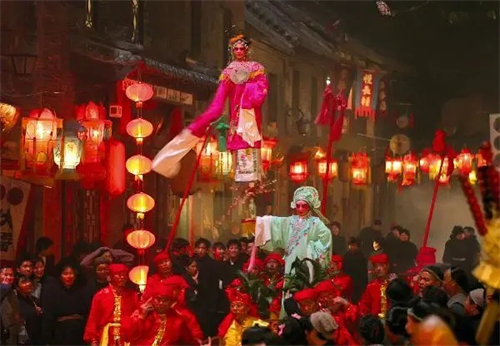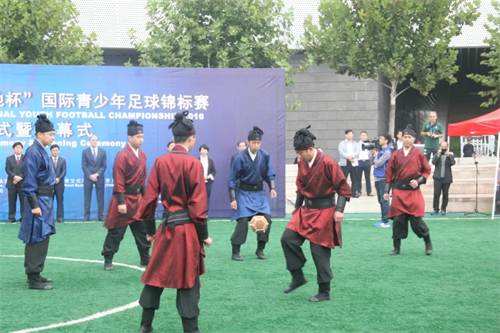Four Zibo heritages listed as Shandong provincial folk art ‘hometowns’
The Shandong Provincial Department of Culture and Tourism recently announced a list of Shandong provincial folk art “hometowns” for 2021-2023, which includes four from the city of Zibo.
Festive Lantern – Zhangdian district government
Festive lanterns are one of the traditional decorations in Chinese festivals such as Spring Festival and Lantern Festival.
Zibo-made festive lanterns have been on show in different countries to promote the traditional art and Zibo many times since they made their debut in Russia in 1994.

Zibo artists are making festive lanterns. [Photo/WeChat account: zibowenhualvyou]
Ceramic production – Shantou subdistrict office in Boshan district
Zibo, regarded as China’s capital of ceramics, is a major ceramic production area of the country. Its products are used in industry and architecture, as well as for everyday items. People in Zibo have been making pottery for around 8,000 years.

Zibo is regarded as China’s capital of ceramics. [Photo/WeChat account: zibowenhualvyou]
Zhoucun Xinzi – Zhoucun district government
Zhoucun Xinzi is a kind of dance art native to Zibo city. It is presented every year on the 15th day of Spring Festival, which is called the Lantern Festival. The grand and detailed performance represents adoration of the local people for the festival ceremony. Financial, material and human resource consumption reflects the local economic and cultural environment. From the perspective of folk cultural heritage, Lantern Festival is the best chance to publicize Zhoucun Xinzi. Thus, the folk art developed in a festive environment. Today, Zhoucun Xinzi is just like a familiar friend who conserves local people’s emotion and memories.

Zhoucun Xinzi is a kind of dance arts in Zibo city of Shandong province. [Photo/WeChat account: zibowenhualvyou]
Cuju – Qiling subdistrict office in Linzi district
The ancient Chinese game of cuju, which has been traced back to the Linzi district of Zibo, was acknowledged by the world soccer organization FIFA in 2004 as the earliest form of football. The word “cu” means to kick, while “ju” refers to an ancient type of leather ball filled with feathers.
Cuju was listed among the first group of China’s intangible cultural heritages in 2006.

The ancient Chinese sport of cuju is considered a precursor to modern-day soccer. [Photo/WeChat account: zibowenhualvyou]
Source:chinadaily.com.cn












